Honeywell 5800 Series Wireless Technical Specifications
Related Products
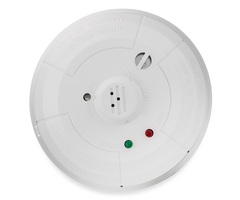
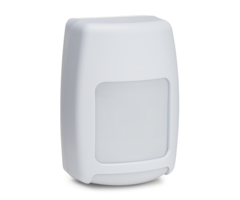
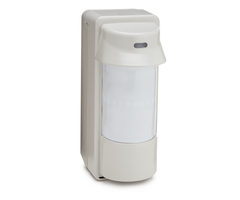
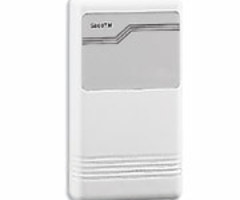
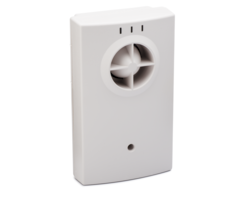
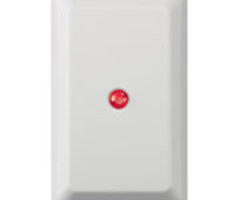
Related Categories
- Carbon Monoxide Detectors
- Home Automation
- Programmable Thermostats
- Wireless Door Sensors and Window Alarm Sensors
- Wireless Environmental Sensors
- Wireless Glass Break Detectors
- Wireless Motion Detecting Sensors
- Wireless Receivers
- Wireless Alarm Systems
Document Transcript
ADEMCO GROUP TECHNICAL SUPPORT KNOWLEDGEBASE PROCEDURAL DOCUMENT
Created: Modified: File: Pages: 4.16.2002 4.16.2002 RF_5800specs.doc 1
Product: All Ademco wireless systems Title: 5800 Wireless Systems Introduction: Ademco is the world’s largest manufacturer of wireless transmitters. Our 5800 series wireless system is recognized as an industry leader in field proven technology with over 10 million transmitters installed and over 10 years of on the job experiences in wireless security and fire applications. Range and Susceptibility: Ademco 5800 series wireless system operates in the 345 MHz narrow band frequency range, and conforms to FCC part 15 low power section. The 345MHz narrow band has very low power and low frequency traffic. This is unlike the 900MHz band used by other wireless manufacturers that have many high power potential interferences. The receiver used in the 5800 system has excellent selectivity and transmitters operate at the maximum power level allowed by the FCC. The open-air range for 5800 series wireless has been tested to be over one mile. From field experience, its long range and excellent immunity to interference make the 5800 series suitable for almost any wireless application. 5800 Transmission Protocol: The 5800 series system uses ASK (Audio Shift Keying) as its transmission method. The message is 64 bits in length with 16 bits for CRC and 24 bits used for the transmitters unique serial number. There are 16 million serial numbers available eliminating the possibility for duplication. On alarm, the transmitter messages are sent 10 times per event. The spacing between repeated messages is different for each transmitter to avoid potential clashes with other transmitters. UL Test Results: As part of its certification process, UL performs two very rigorous tests. The first tests alarm signal reliability. 100,000 alarm signals are sent. The 5800 series system passed with zero missed transmissions. The second test requires that 1000,000 error signals be sent to the receiver and allows for a maximum failure rate of one false alarm. The 5800 system passed this test with zero failures and zero false alarms.
Page 1 of 1
- Uploaded







